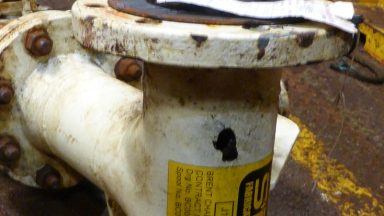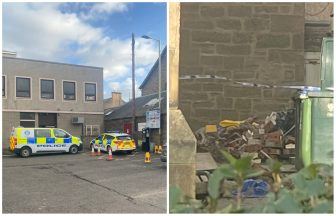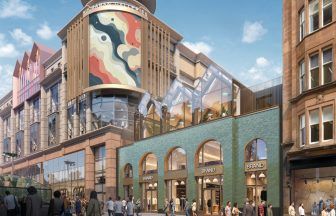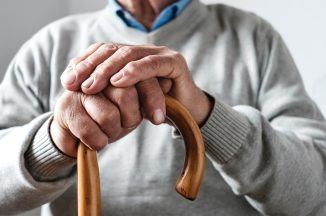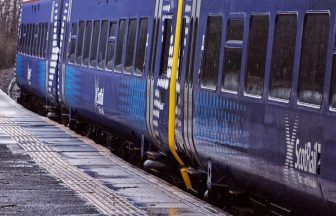Fewer homes were built last year than at any time since the coronavirus lockdown.
Figures from the National Records of Scotland show 19,900 new builds were completed in 2025, the lowest number since 2018, excluding 2020.
That is 2,400 fewer than 2023; however, that number is still higher than the 20-year average going back to 2004.
The number of households in Scotland has risen by 13% in the last two decades.
Figures published by NRS on Thursday show there were 2.55 million households in the country in 2024.
In the same time period, the number of dwellings increased by 15% to 2.74 million, and the proportion of unoccupied dwellings remained steady at 4.1%.
The figures also show that 958,000 people lived alone in 2023, equating to 38% of households and around one-sixth of the population.
Household numbers have grown across every council area in the last 20 years.
The biggest percentage increases were seen in Midlothian and East Lothian, both up 29%, followed by the Orkney Islands, up 25%. Inverclyde had the smallest increase at 2%, followed by Dundee City and West Dunbartonshire, both at 6%.
Sandy Taylor, Head of Household Statistics, said: “Beneath the headline figures for the rise in households and dwellings, the data shows other trends.
“The number of households is rising faster than the population. This is due to more people living alone.
“In 2023, 38% of households consisted of a single person. That’s 958,000 people, around one in six of the population, living alone. Much of this increase is being driven by an ageing population, as older people are more likely to live by themselves.”
The number of second homes fell by 10% between 2023 and 2024, after local councils were allowed to charge a 100% council tax premium from April 2024.
Follow STV News on WhatsApp
Scan the QR code on your mobile device for all the latest news from around the country


 STV News
STV News










